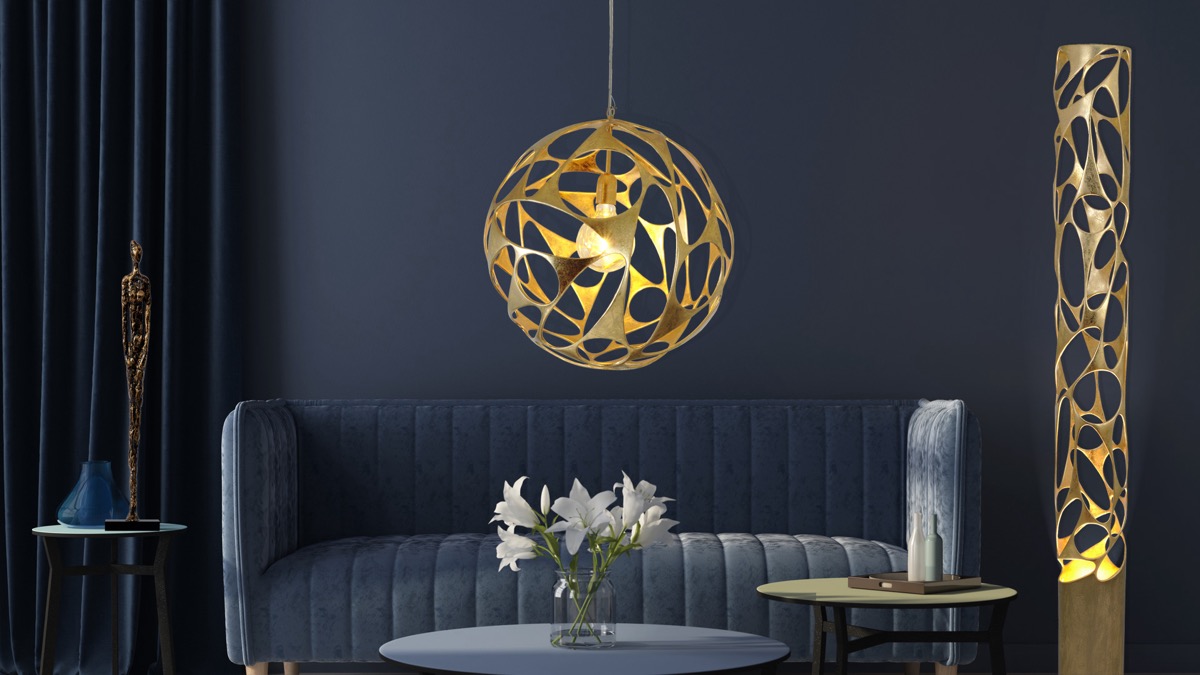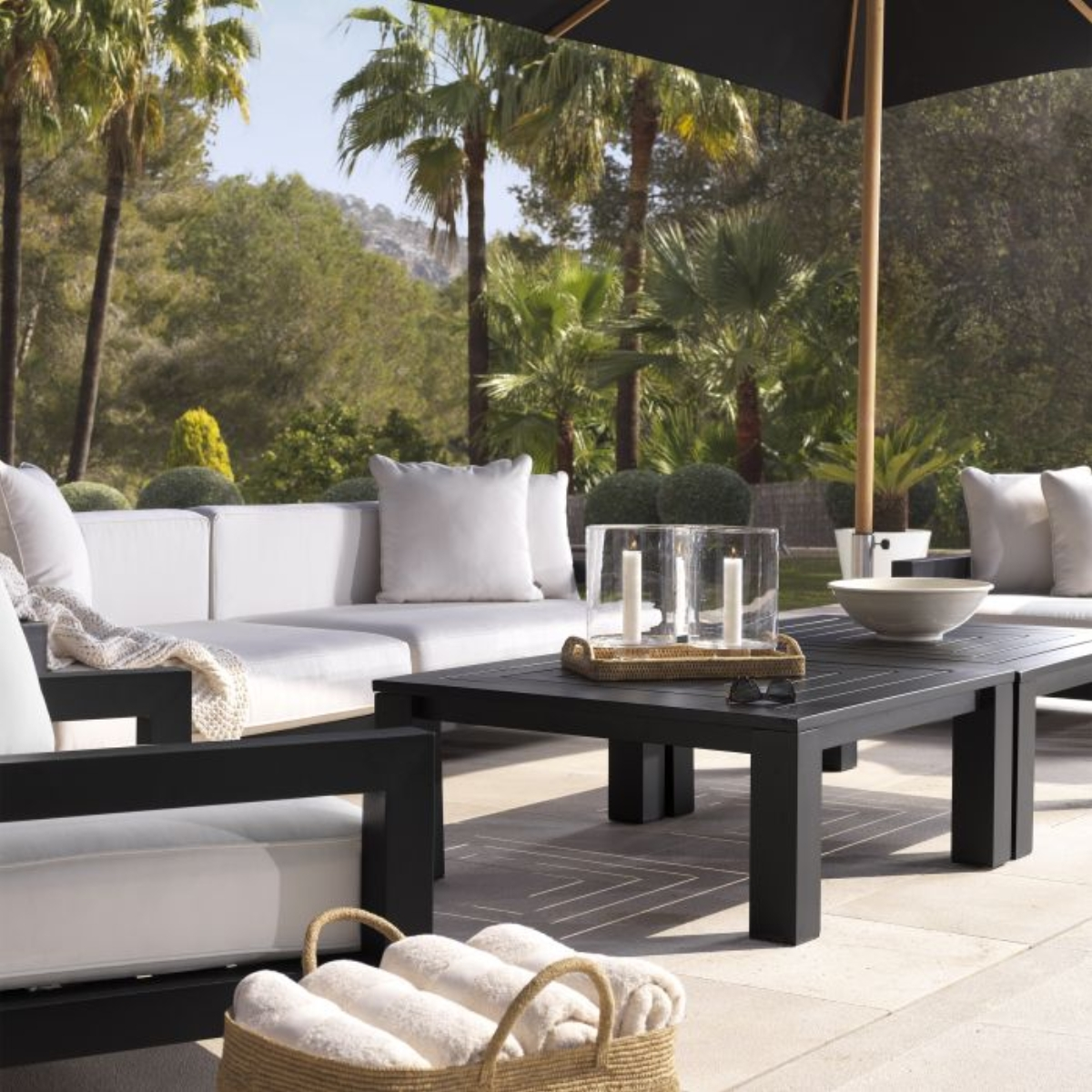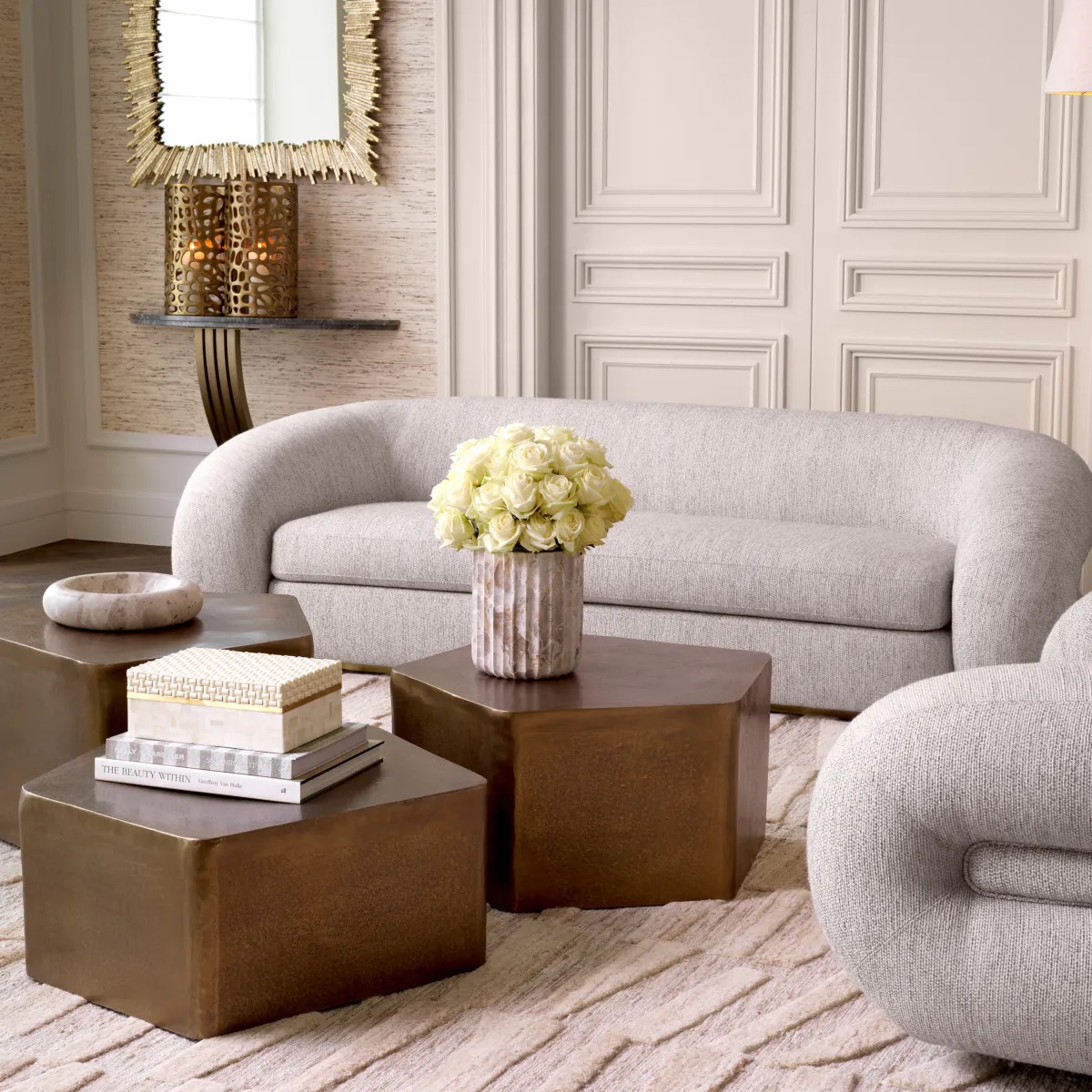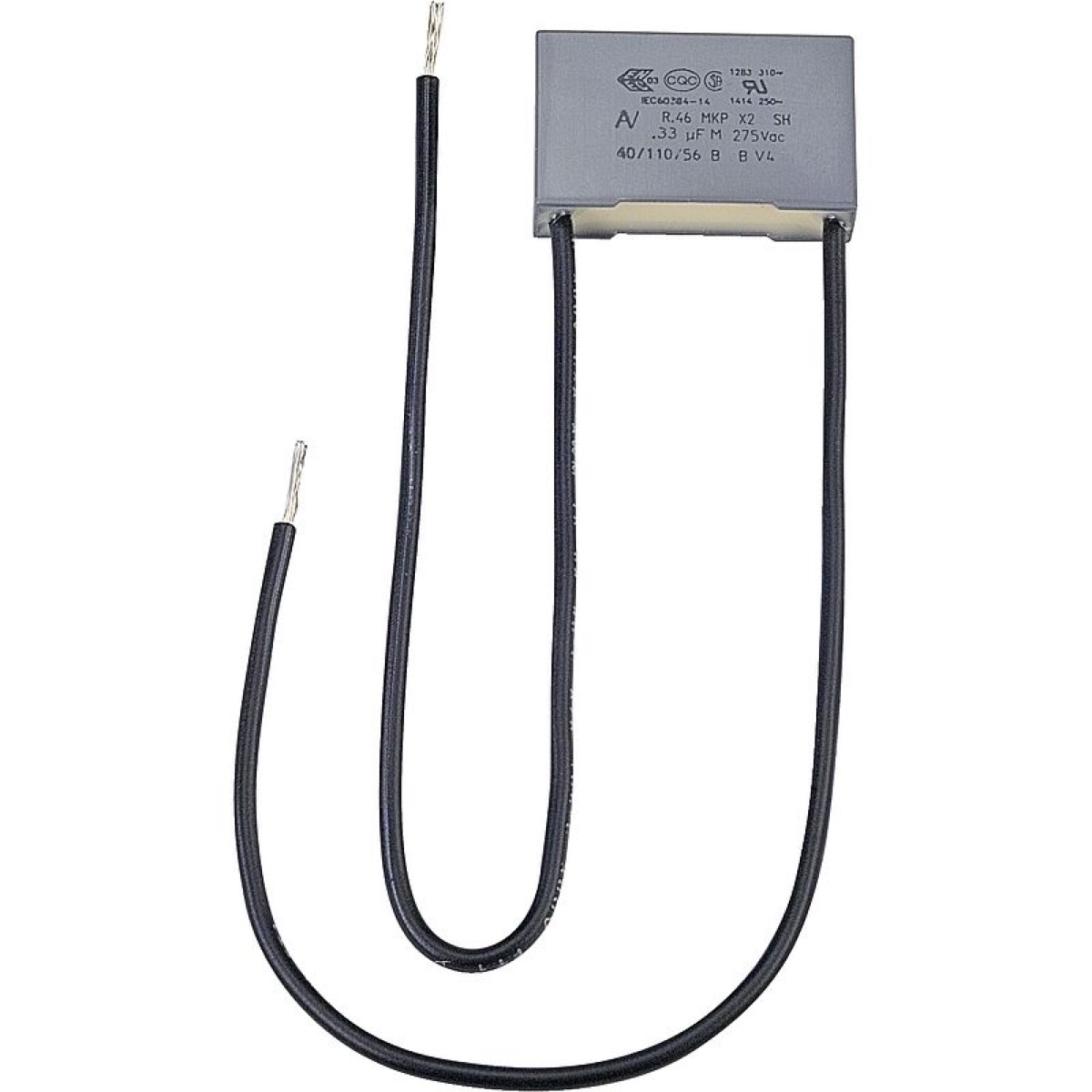30
Jul
A strong team: light and color
Why do we feel comfortable in some rooms and not in others? Often, it is due to the skilful use of light and color: Both factors have a great influence on our well-being, affect our mood and our inner clock. No wonder, because 80 percent of all sensory impressions are perceived by the human eye. Light plays a major role here, because light is what makes colors visible in the first place. Even the ancient Egyptians knew about the power of colors and light. They set up \"color temples\" with differently colored rooms. And the Chinese hung cloths in front of the windows so that colored light would heal the sick more quickly. Today, we know that colored light causes the body to release mood-enhancing substances. Soul doping, in other words, which can also be used quite simply within one's own four walls. Wall color and light can be used to change rooms simply and effectively. For example, soothing, warm colors in the bedroom create a cozy atmosphere, which can be further emphasized by suitable light sources. Warm colors are also currently in vogue in the living room and dining room, while cool, fresh colors provide relaxation in the bathroom, for example. Even a few accents give the apartment a fresh kick: This can be a mobile LED light that bathes a plain white wall in pink-purple light in the evening - or even a single colored wall that divides the room and is set off by wallwashers, floor or ceiling spotlights. The following applies: the darker and stronger a color tone, the closer it is perceived by the observer - and the more light it absorbs. For example, white walls reflect up to 85 percent of the light, while light wood paneling still reflects up to 35 percent. Good to know: How faithfully a lamp reproduces colors of the surroundings depends on its color rendering level. For living rooms, the color rendering index of a lamp should be at least Ra = 80.












